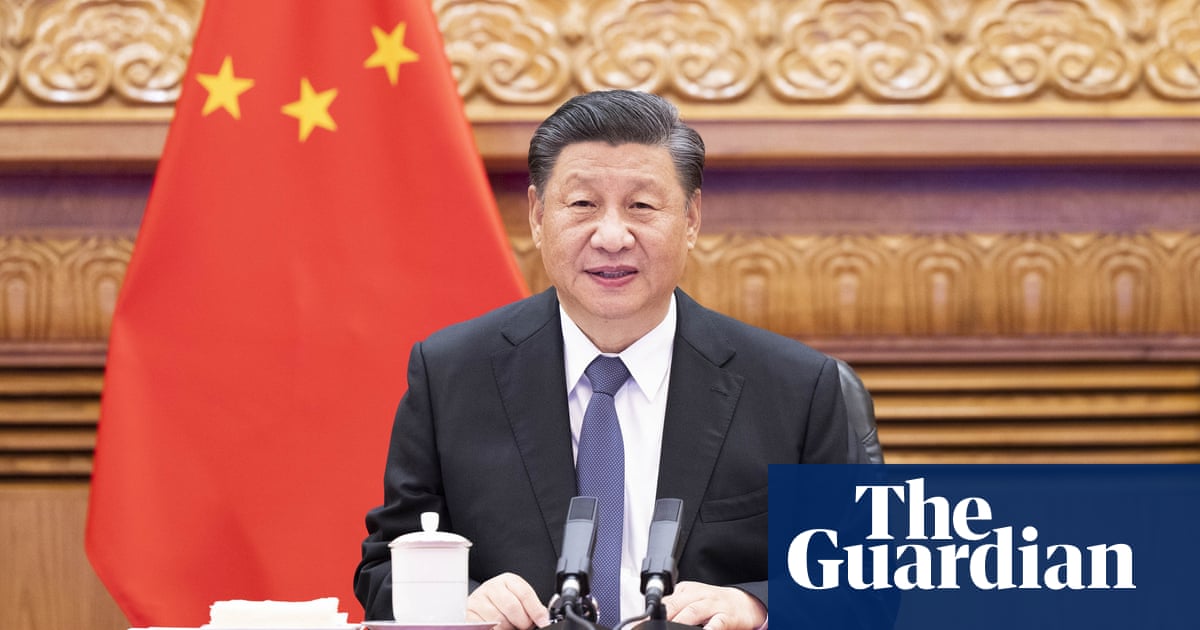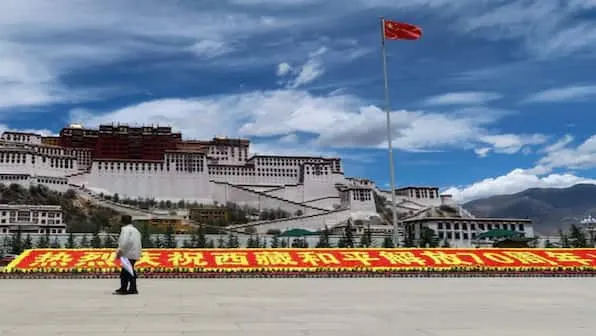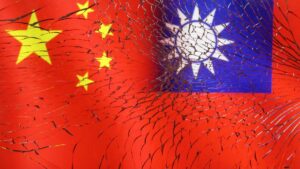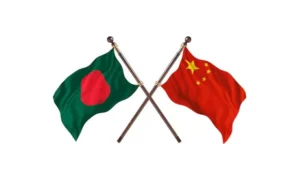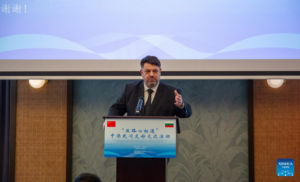CHINA IN TRANS-PACIFIC PARTNERSHIP?
In response to the historic AUKUS security alliance between UK, the US and
Australia China has applied to join a key Asia-Pacific trade pact as it attempts to
strengthen its position in the region.
Officially called the Comprehensive and Progressive Agreement for Trans-Pacific Partnership (CPTPP) formally came into the picture in 2018 inked by 11
countries in Santiago which included Australia, Chile, Japan, and New Zealand,
all in the Asia-Pacific.
The world economies included in the recent Trans-Pacific Partnership represent
nearly half a billion consumers and accounts for 13.3% of the global GDP.
The CPTPP provides for a free trade area to be created as per the requirements of
Article XXIV of GATT and Article V of GATS. It establishes clear rules that
help create a consistent, fair, and transparent environment to do business in its
markets. It covers all sectors and aspects of the trade to eliminate barriers.
The essence of CPTPP is that it offers exporters a competitive advantage over
exporters from other countries not having a free trade agreement with countries
in Asia- Pacific region.
The Trans-Pacific Partnership Pact which later became CPTPP was brought into
existence as an economic bloc by the US to counter China’s growing influence in
the Asia- Pacific. However, in 2017, Donald Trump, the then President of the US
pulled out of the deal.
Being one of the world’s largest economies, China’s participation in the pact has
the potential to quadruple the economic gains of the agreement. This would
significantly change the balance of power in International commerce and also
would leave the United States “increasingly isolated” as stated by the Chinese
newspaper themselves.
The Chinese government has although promised to increase imports of goods but
it faces complaints as it has failed to carry out promises made in 2001 when it
became a part of the World Trade Organization and promised to open finance and
other service industries.
One major concern would be whether China would use the Pact to avoid the tariffs
imposed by Trump’s trade war. China could send raw materials to CPTPP
members such as Vietnam. Factories there would send finished products to
America, avoiding tariffs.
It can be said that joining the CPTPP would bring a major boost to China given
its active participation in different free trade agreements with 14 other countries
called the RCEP i.e. Regional Comprehensive Economic Partnership.
Coming a day after the announcement of the AUKUS security alliance, China’s
decision to join the CPTPP is seen as retaliation to counter the effect of the
alliance whose sole purpose is to deal with and tackle china’s growing influence
in the Asia- Pacific region.
China has been quick to describe the AUKUS alliance as extremely irresponsible
and has further said that it severely risks damaging regional peace and has the
potential to intensify the arms race.
The AUKUS pact allows Australia to build nuclear-powered submarines using
technology provided by the US and the UK. It also covers other technical areas
such as artificial intelligence and is seen as Australia’s biggest defense partnership
deal in decades.
Japan, the country chairing the CPTPP this year, has stated that it would seek the
consultation of the member countries to respond to China’s request. Japan’s
Economy Minister has stated that Japan believes it necessary to determine
whether China is ready to meet the high standards of CPTPP.
Although picked up in retaliation, The CPTPP could be effectively used by China
to lift some tension created by the current trade war with the US and other
countries. Joining such a dynamic regional network China could increase the pace
of its economic growth and by committing to international policy standards China
could also energize its reforms to build a modern and open economy
